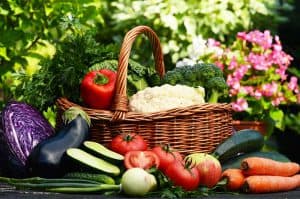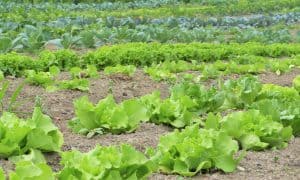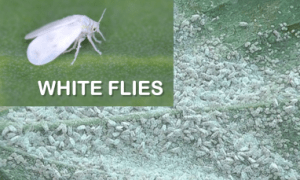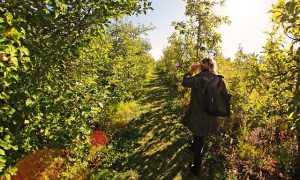 One of the critical elements in organic home gardening is the soil. Recognizing its nature and the elements it contains is crucial to good and successful organic crop growing. No wonder, organic gardeners always try to improve their soil, season after season by adding animal manures and compost into it. But to best enjoy healthy, delicious, and safe organic fruits and vegetables from your home garden, you have got start everything out right – not just with soil but all of which that have an impact on your plants’ growing conditions. Here’s how you can rock organic home gardening with ease:
One of the critical elements in organic home gardening is the soil. Recognizing its nature and the elements it contains is crucial to good and successful organic crop growing. No wonder, organic gardeners always try to improve their soil, season after season by adding animal manures and compost into it. But to best enjoy healthy, delicious, and safe organic fruits and vegetables from your home garden, you have got start everything out right – not just with soil but all of which that have an impact on your plants’ growing conditions. Here’s how you can rock organic home gardening with ease:
- Pick your plants wisely. Remember that some veggies (i.e. tomatoes) are naturally more susceptible to pests as compared to others. To reduce setbacks, look for those plants which are resistant to diseases.
- Feed them naturally. Fertilizing your veggies isn’t necessary in most garden soils but it’s undeniable that it greatly helps plants in general to grow stronger and faster. Remember that if you feed your plants, always choose natural products like we chicken, cow, or horse manure.
- Make rotation a habit. Avoid planting very similar kinds of vegetables in the same location every year as disease can buildup even before your veggies have much of a chance. As much as possible, try to grow your plants in different spots of the garden each year. Remember, lots of closely related plants like the tomato family (tomatoes, potatoes, peppers, and eggplants) and the squash family (squash, cucumber, pumpkin, and watermelon) tend to get affected by the same diseases. To prevent spreading diseases among these veggies, avoid planting them where their relatives were the year or two before.
- Mulch well and control the weeds. A layer of organic mulch (ideally 1 to 2-inch thick) over the soil will not only help in reducing the weeds, but in creating a barrier as well to help prevent fungal disease spores from plaguing the plant leaves. In addition, don’t forget to get rid of the weeds as they do not merely compete for water and nutrients but also attract pests that destroy your plants.
- Keep your garden clean. Lots of diseases can spread quickly in dead, fallen foliage. Find time to walk through your garden regularly (maybe once a week or more) to pick up shed foliage. Just leave them in a separate spot away from your prized garden.
- Water properly and give some air. Wet leaves (particularly in the afternoon or in the evening) can attract disease. Instead of watering your plants with a sprinkler, try to deliver the water directly to the plant roots by making use of a water-saving soaker hose. Also, give your plants some air to breathe by not planting your veggies too close together. Otherwise, you put them at risk for various types of fungal diseases.
- Attract beneficial insects. Start planting some flowers and other plants to attract the “good” bugs which feed on pests like aphids and hornworms. Some of the best plants that can serve as a magnet for beneficial insects are the Bachelor’s button, cleome, cosmos, black-eyes susan, daisy, marigold, nasturtium, purple coneflower, salvia, sunflower, and yarrow.






